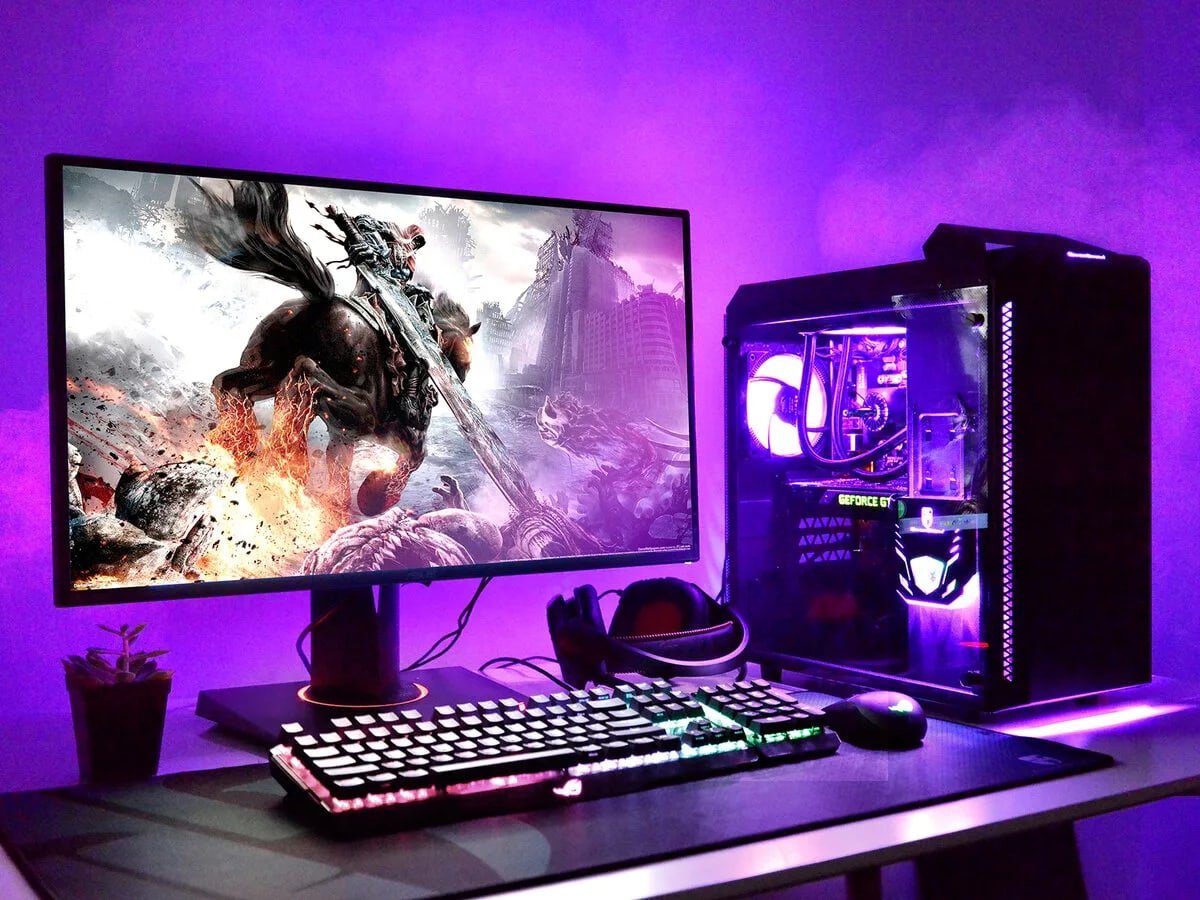
When it comes to purchasing a desktop computer, consumers have two main options: custom systems and pre-built, pre-configured desktops. Each approach has its own set of advantages and disadvantages. In this article, we'll look at the pros and cons of both custom computers and pre-built desktops to help you make an informed choice.
Custom computers:
Pros:
-
{eleven}
-
Upgradeable: Custom desktops are easy to upgrade. You can easily replace individual components to keep your system up to date as technology evolves. This flexibility can extend the life of your computer.
-
Quality Control: You can select high-quality components from reputable manufacturers, potentially resulting in increased system reliability and longevity.
-
Cost-effective: Depending on the components you choose, custom computers can offer excellent value for money, especially when compared to off-the-shelf systems with similar specifications.
Tailored to your needs: One of the most significant benefits of custom computers is that you can customize each component to suit your specific requirements. You have full control over the CPU, GPU, RAM, storage and other components, allowing you to create a system that perfectly suits your needs.
Cons:
-
Labour intensity: Assembling a custom computer requires time and technical knowledge. This includes research, component selection, assembly, and troubleshooting.
-
No Warranty on Assembly: While individual components are warranted, the assembly itself generally is not. This means that if you encounter problems during assembly, you may have to resolve them yourself.
-
Potential compatibility issues: Selecting components that work together seamlessly can be challenging, and there is a risk of compatibility issues that may require troubleshooting.
Ready desktops:
Pros:
-
Convenience: Pre-configured desktops are ready to use right out of the box, saving you time and effort compared to building a custom system.
-
Warranty and Support: Most pre-built desktops come with system-wide warranties. You also have access to manufacturer or retailer support for troubleshooting and repairs.
-
Testing and Certification: Complete systems are typically tested and certified for compatibility, ensuring that all components operate without interruption.
-
A Wide Variety of Options: There are many pre-built desktop models available to suit a variety of needs, from basic office tasks to gaming and professional use.
Cons:
-
Limited Customization: Pre-built desktops offer limited customization options. While you can choose between several pre-configured models, you won't have the same level of control as with custom-built systems.
-
Potentially Higher Cost: Pre-built systems may be more expensive than custom-built computers with similar specifications. You can pay extra for the convenience of having everything pre-assembled.
-
Less upgradability: While you can upgrade some components in off-the-shelf systems (such as RAM or storage), they are often designed with proprietary parts that limit upgradability.
-
Potential viruses: Some off-the-shelf desktops come with pre-installed software and bloatware that you may not need and take time to remove or configure.
Conclusion:
The choice between custom computers and off-the-shelf desktops depends on your preferences, technical experience, and specific needs. Custom computers offer unmatched flexibility and cost-effectiveness, but require more time and expertise. Off-the-shelf desktops provide convenience, warranty, and support, but may have limited customization options and potentially higher costs. Carefully evaluate your requirements and priorities to determine which approach is best for you.






